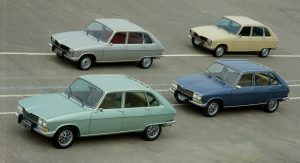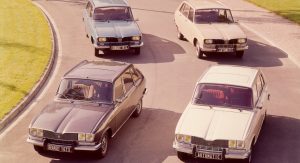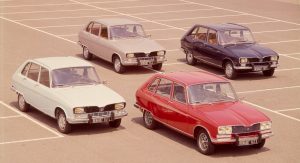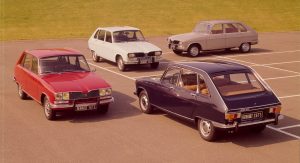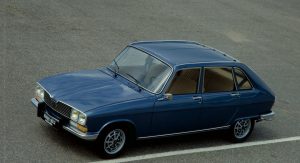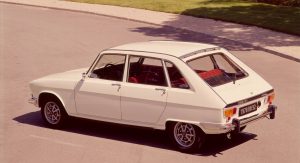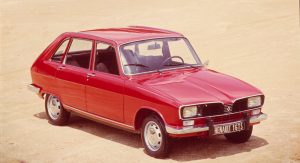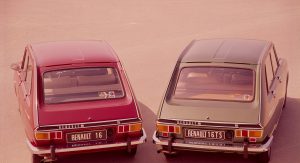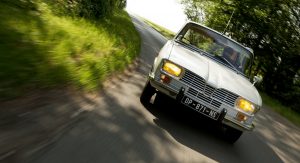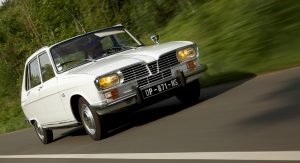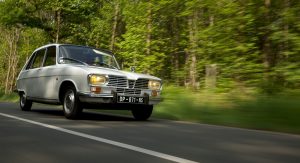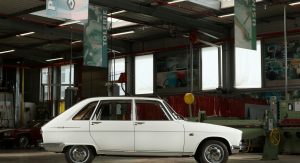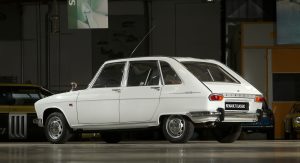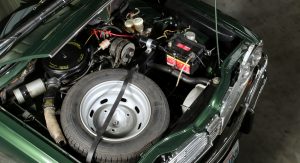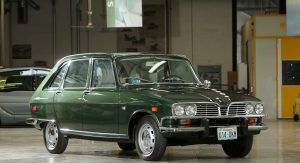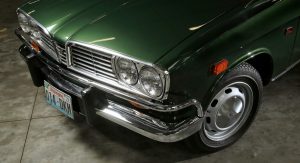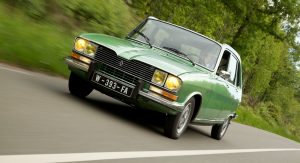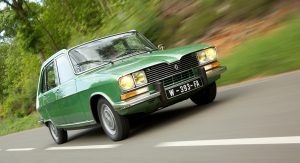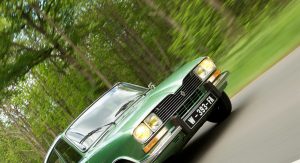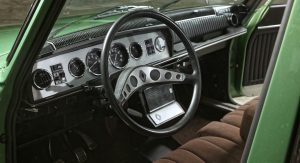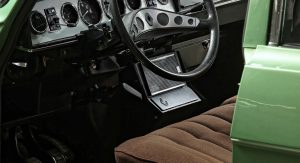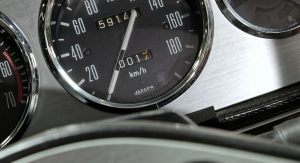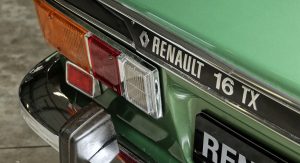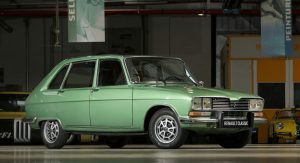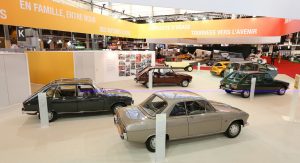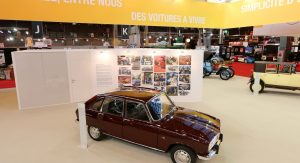The Renault 16 is one of the most recognizable models ever built by the French automaker – and one of the most successful too.
Launched in 1965, in an era dominated by sedans, it was the first model in the mid-size family segment to feature a tailgate.
Unveiled at the Geneva Motor Show in 1965, the Renault 16 featured an original body shape founded on a two-box design complete with a tailgate for access to the boot. The model combined practicality with elegant looks and had no fewer than six windows.
The successor to the Renault Frégate was a radical car penned by Gaston Juchet and signed off by Renault CEO Pierre Dreyfus, who predicted the 16 would be “a car for families drawn by modern consumer society.”
A cross between a saloon and a van, the Renault 16 was very versatile for the era. The boot could be arranged in four different ways, with a carrying capacity ranging from 346 liters to 1,200 liters thanks to a sliding, folding and removable rear bench.
The seats were designed to suit all types of use, from fixing a child seat to a reclined position for resting, and even a couchette position for two. It was clear the Renault 16 was conceived as a family car from the outset, making it stand out from rivals.
But there was more to the Renault 16 than practicality. If was a front-wheel drive car (rather unusual for its class), with the front-central engine ensuring good handling characteristics. The engine and the gearbox were made of aluminum and produced using a pressure-die casting process.
From 1968, when the TS (Tourisme Sportif) version arrived, a series of innovative new features became standard for the Renault 16 lineup, including a defrosting rear window, additional iode headlights, two-speed windscreen wipers with four-jet washers and an interior rear-view mirror with day/night settings.
In 1969, the Renault 16 also gained reversing lights, along with front power windows, an electric sunroof and leather upholstery. It may sound commonplace now, but remember it’s 1969 we’re talking about.
Another big upgrade came in 1973, when the Renault 16 was available with a 93hp 1,647cc engine for the TX version that gave it a top speed of 175 km/h (109 km/h). Standard features included central locking and inertia reel seatbelts.
Renault sold 1,851,502 units until 1980, when production of the 16 ended, a true testimony to the car’s success.



![Renault Looks Back At The Iconic 16 For Its 50th Anniversary [30 Photos]](https://www.carscoops.com/wp-content/uploads/2015/05/Renault-16-0.jpg)
